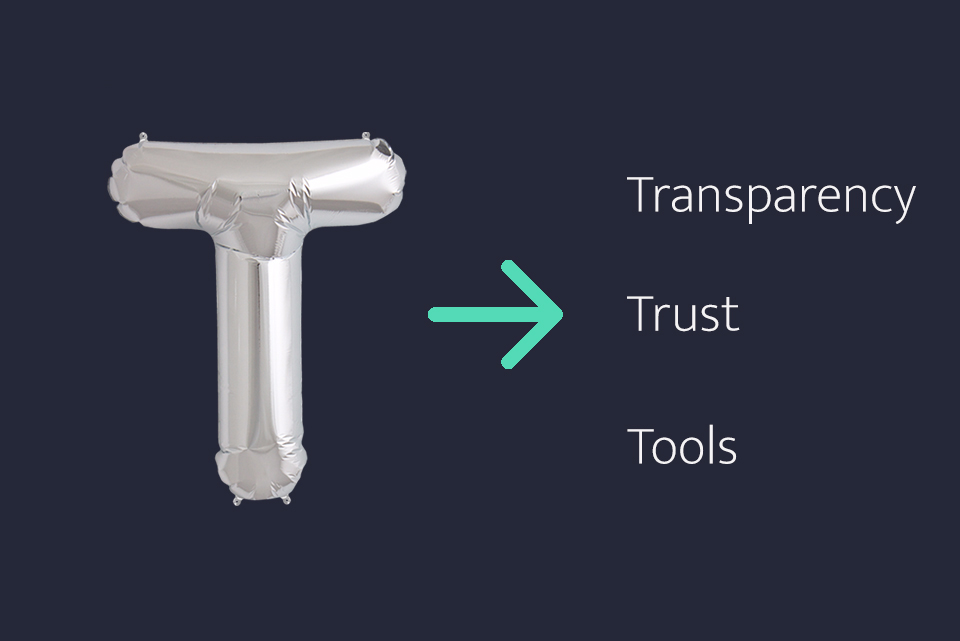What is a Flexyforce?
Good Question. Our best explanation is a flexible workforce, one made up of different flexible team members with a variety of skills to tap into on-demand. It can consist of a blend of freelancers, management consultants, creatives, temporary workers, and subject matter experts – all pre-approved and on-boarded, to scale up a full time workforce as and when required. Often location independent and scattered all over the world, this new Flexyforce is not only for the present i.e. employing for current running projects, but a proactively curated network of top talent, ready to be mobilised overnight when new projects with deadlines for yesterday arrive.
Your first thought may be, wait, but why?
This one is easy. Much like what happened with Social Media in the early 2000’s, we have very little control over it. Many talented people are choosing a freelance lifestyle and the next generation of millennial workers coming into the workplace is following in their footsteps. Some reports say that freelancers represent 35% of the United States workforce. In the European Union, the rate is 16.1%. Both figures demonstrate the same global trend: from creative entrepreneurs to those paid by the task, freelancing is on the rise worldwide.
According to the Future of Jobs report by the World Economic Forum, changing work environments and flexible working arrangements was rated as the top trend. New technologies are enabling workplace innovations such as remote working, co-working spaces, and teleconferencing.
Organisations are likely to have an ever smaller pool of core full-time employees for fixed functions, backed up by colleagues in other countries and external consultants and contractors for specific projects.
Many companies, including Fortune 500 corporations, are fast responding to this trend by adopting new ways of working and technologies, like supplier relationship management software, that enable a seamless digital workforce transformation.
While on this adventure, we have discovered some key learnings that have proven to be useful in effectively building your company’s flexible workforce of the future. #flexyforce
1. Flexibility comes with discipline and infrastructure
When we think of flexibility, We almost never think of discipline or structures. However, this could not be furthest from the truth. Great discipline is required to maintain true flexibility and productivity at the same time. Without the right infrastructure and supplier management software, managing a flexible workforce will be incredibly difficult.
Some of the key disciplines to adopt when introducing Flexibility in your workforce is including your freelance team members in clarifying responsibilities and setting up key communication hours, holding daily stand-up calls to ensure team alignment on tasks for the day, these will help in strengthening relationships with freelance workers as well as improve communication in the team, while also ensuring efficient delivery on projects.
Using supplier relationship management software and technologies like Flexyforce.com, you can maintain clear visibility on what your suppliers are working on at all times. Some of the tools that come to mind first is Skype, Hangout for video conferencing as well as Trello, Taskworld for task tracking. Slackis a greattool for day to day communication (messages and team calls) and culture building while time tracking tools like Time Doctor, Toggl and Harvest are great for tracking work hours.
2. Companies of the future are communities
Running a business like a well-oiled machine is old and outdated. Productivity does not only come from a company with employees that work like a conveyor belt but rather building strong communities of talented people that work together collaboratively to create value for the business.
Building your own Flexyforce with suppliers that not only have the skills you need but are aligned with what your business stands for, this along with deploying the basic principles of a community i.e giving & getting, will define the culture and success of flexible teams working together.

This is especially important when working flexibly and it also breeds trust amongst team members working from different parts of the world. A perfect example of a company operating like a community is Unsettled, a close friend of Flexyforce, with a workforce scattered all around the world as well as a service enabling other companies to tap into this trend of #Flexyworking.
3. Un-Learning Old Leadership Styles
Old leadership styles of working i.e. Command and Control may work well with factory-style environments where there are little creative thinking and innovation, but they do not work so well in companies that consist of various suppliers, digital nomads and millennial team members working together on a project or within a business.

Zapier Co-Founder – Wade Foster, shared his insights in Managing from Afar: How to run a remote teamwhere he highlights the key ingredients they discovered
- Trust as a key ingredient to successfully managing a remote team
- As a manager, you need to learn to manage by expectations rather than by ‘butts in seat,’ so make sure you can show trust in those you hire
“If you continually find yourself worrying what someone is doing, then you are spending brain cycles focusing on something other than the product or customers. Trust is key.” Wade Foster, Zapier Co-Founder
Most suppliers enjoy working in environments where they have the freedom to think and do what they are best at. To attract and retain a top freelance workforce, as well as managing remote team members, requires a brand new way of leading.
4. Human creativity is our greatest gift.
According to the Future of Jobs research studydone by Forrester “Automation will displace 24.7 million jobs by 2027. This equates to a job loss of 17% between 2017 and 2027”. Coming straight out of the industrial revolution, it is almost obvious that to succeed in this new working world, creativity is key.

In an amazing Ted Talk by David Lee, he talks about how the future of work should be based on people’s abilities and creativity, that we need to move away from expecting people to build their entire careers around singular tasks that can easily be automated by robots. He also highlights that it’s not just blue collar jobs that are at risk, even the smartest, highest paid people will be affected and that it is up to us as Industry to come up with new kinds of jobs that will still be relevant in the age of robotics.
Tim Brown, CEO of IDEO also highlighted this in an article he wrote about Creativity as the key to surviving automation, He said “As it’s one of the few things that automation will struggle to wrestle from us, creativity is going to be vital to survival in the future. As the pace of innovation speeds up, disrupting entire industries, we must hold dear what is uniquely ours: The ability to understand human behavior and creatively solve for human needs.”
As the pace of innovation speeds up, disrupting entire industries, we must hold dear what is uniquely ours: The ability to understand human behavior and creatively solve for human needs.
Despite the introduction of artificial intelligence and the threat to our place as humans in the workplace, our human creativity is what’s needed most when succeeding in building flexible workforces.
5. The I-Generation is here!
We are constantly connected, we are constantly communicating with our friends and loved ones. Companies also need to be connected in order to successfully build a strong, productive Flexible workforce. Staying connected with suppliers and teams all over the world requires visibility of where and when people are working, which becomes more achievable with great supplier relationship management software. Without visibility, this may lead to chaos.

Succeeding in building flexible workforces means that you and your team embrace freelancer independence while also promoting, instant feedback loops, far more instant than the agile evangelists could have ever predicted. Successful flexible workforces are deeply rooted in strong, efficient communication within an ever more informal team environment.
So, now what?
- Establish discipline & infrastructure, ie set up guidelines & technologies to operate as a flexible team.
- Find freelancers with meaning, it’s no longer about the employee benefits. You have to find, join and inspire your Flexyforce tribe.
- Unlearn everything you thought you knew about leadership i.e. command and control and adopt the 3 T’s, and lead with trust, transparency, and technology.
- Don’t be scared of the machines taking jobs away, rather focus on bringing more creative people into your business.
- Be prepared for the next i-generation entering the workforce, they are fiercely independent, expect instant everything, informal in every way, and demanding inspired global & flexible leaders.
Reach out to the Flexyforce Team to learn more or even just debate thoughts on the winning ingredients to any flourishing Flexyforce.
Given Radingwana
‘Sales and Marketing Manager at Flexyforce’
This article and all the wisdom in it was contributed to the Flexy community by Given Radingwana and the Flexy Team. Delivered with Joy and received with Gratitude. Want to share your story? Send us your experience with the subject “I want to share my story”.



